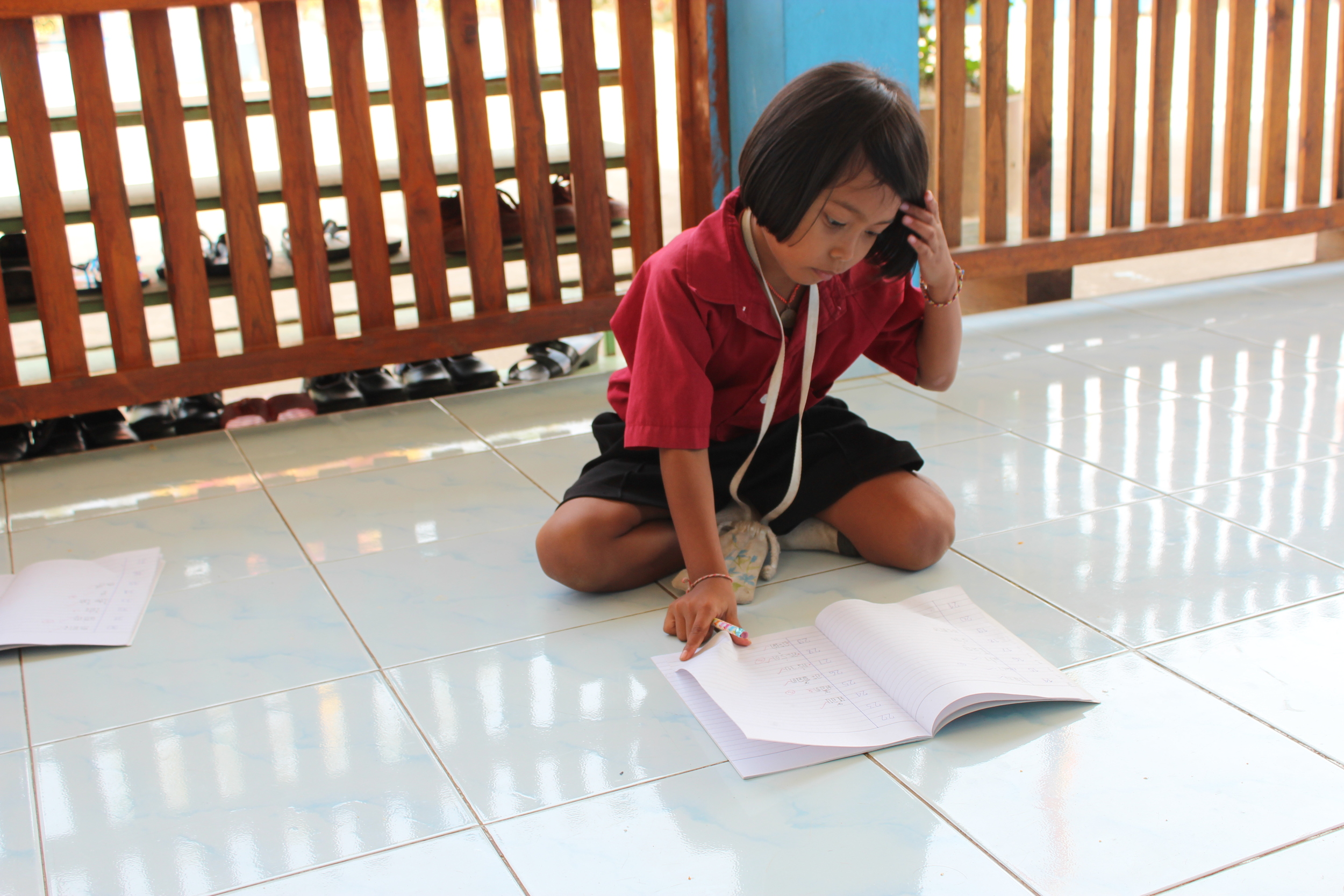Andika: A Font That Changes Everything
/A sans serif font is often preferred for teaching people to read. Its forms are simpler and less cluttered than those of most serif fonts. For years, literacy workers have had to manage with fonts that were not truly suitable for beginning readers and writers, in some cases tediously assembling letters from different fonts to get all of the characters for their particular language project. This made for confusing and unattractive publications. Andika addresses those issues.
SIL LEAD caught up with two of the creators of the Andika font, Annie Olsen and Victor Gaultney to tell us a little more about the technology and how it works.
Why did you create Andika?
AO: Andika was created in response to many requests from SIL literacy specialists over the years for a font that worked well and had what new adult readers needed. This included such things as:
- A sans serif design (no “little feet” on the letters)
- Lower case a and g with simple shapes
- Capital i, lower case I, and numeral 1 that do not look alike
- A lower case r which, when followed by n, doesn’t look like m
- Diacritics that are big enough to recognize and that position themselves properly
- Letter shapes that fit local preferences. Some parts of the world expect to see a y with no tail, for example, or a 7 with a crossbar. Those are just two of the optional letter shapes available.
. What was it like to design a font?
VG: It's an exercise in creative problem solving. So much of the reading process is subconscious and subtle, and affected by our perceptions. For example, the reader's estimation of 'point size' or how large and readable the letters are has been shown to be related to the size and shape of the 'counters' - the little white spaces within letters - rather than the real size of the letter itself. It becomes a puzzle: How can I make these letters clear and readable without making them look strange or unusual?
For Andika we applied a wide variety of techniques drawn from a broad set of influences: Early Dutch typefounding, current research in the psychology of letter recognition, historic Carolingian manuscript calligraphy, contemporary design trends, and others. We also recognized that a font must not only be technically solid to meet the need, but also be attractive and display a character that encourages the reader. It's a fusion of science and art.
What makes Andika good for minority language literature?
AO: It’s good for the hundreds of languages written using Latin letters (ABCs) because the letters are drawn in clear, simple shapes. This facilitates letter recognition, which closely follows distinguishing sounds as a skill to master in learning to read. Some fonts have letters that look like mirror images of each other; for a new reader that can be confusing. Andika gives those similar letters distinct characteristics to reduce confusion.
Do I need any special software to use Andika?
AO: All that’s needed is to download and install the font from here:
http:// scripts.sil.org/andika
What is some of the feedback you have gotten from people using Andika?
We've gotten lots of positive feedback:
“As I am teacher, the font Andika helps me to print highly readable documents for my students suffering dyslexia.”
“I have searched for some of these characters. Thank you.”
“Thank you for this update, which will be very useful for our literacy materials.”
“Superbe ... Merci!”
“Your font is the the best I've seen in more than 30 years of experience just after Helvetica, congrats”.
What’s next for Andika? Is the project complete? Or is there more work to do?
AO: Design work is in progress for a true italic face, and work has begun on a true bold. A bold italic will follow those. When I say “true”, I mean one that’s actually designed, not simply slanted and/or fattened up by a word- processing program. These other faces will complete the family of four. The plan is to release a smaller font first, what we call our “Basic” character set, then expand them to keep current with SIL’s other Roman fonts: Charis SIL, Doulos SIL, and Gentium Plus.
Andika Basic is free and licensed under the SIL Open Font License (OFL) through SIL International.




